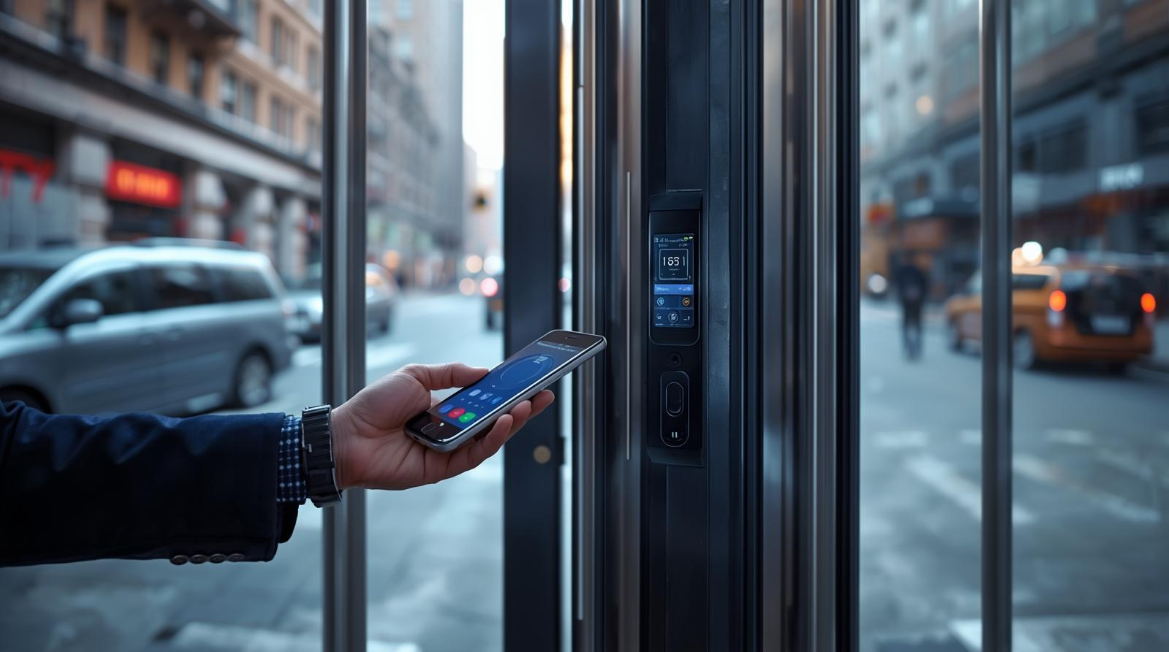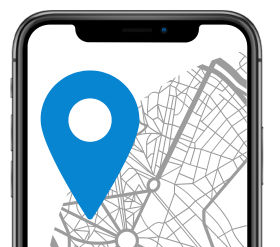The Smart Contractor’s Checklist for Structured Network Cabling in NYC
In today’s fast-paced business world, a company’s network is either its silent partner—or its biggest liability. In a city like New York, where downtime equals dollars lost, structured cabling isn’t just infrastructure—it’s an operational lifeline. Whether you're a contractor preparing for a buildout or a business owner coordinating a renovation, this structured data cabling NYC guide will help you choose smarter, avoid disruptions, and keep your project on schedule.
Let’s walk through the essential decisions that experienced contractors make early, and the small oversights that can quietly sabotage even the most promising commercial projects.

The Foundation: Why Structured Cabling Should Never Be an Afterthought
Structured cabling is what connects your phones, Wi-Fi, video conferencing, access control, and security systems to the rest of the world. If your building is a body, your cabling is the nervous system—unseen, but essential.
In New York, where buildings are older and space is tight, proper cabling isn’t just about compliance—it’s about future-proofing. Smart structured cabling:
- Prevents bottlenecks in data flow
- Reduces repair and maintenance costs
- Keeps tech upgrades simple and scalable
- Boosts reliability across connected systems
Skipping thoughtful design means opening the door to slower speeds, unexplained glitches, and endless service calls.
Smart Pre-Planning: The NYC Contractor’s Cabling Checklist
Getting network cabling right starts well before a single cable is pulled. Here’s what every smart contractor should confirm before project kickoff:
1. Confirm Scope with All Stakeholders
Start with a full site walk and a tech-specific planning session. Involve the IT team, not just the general contractor. Details like device count, expected bandwidth, and future expansion plans must shape the initial layout.
Key questions to ask:
- Will this network support VoIP, cloud services, access control, or security cameras?
- Are there plans for additional floors or offices in the next 3–5 years?
- Is Wi-Fi coverage critical across the entire floorplan?
2. Choose the Right Cable Type (Don’t Guess)
CAT-5e may be cheaper, but in high-demand environments, it quickly becomes the weakest link. Most NYC contractors now spec CAT-6 or CAT-6A to handle higher speeds and reduce crosstalk. For critical infrastructure or high-volume data centers, fiber optic cabling may be a better fit.
Common options:
- CAT-6: Up to 10 Gbps over 55 meters; a strong standard for modern offices
- CAT-6A: Better shielding, less signal loss over distance; ideal for open ceilings
- Fiber Optic: Longer runs, higher speeds; necessary for campuses or enterprise installs
Streamline Telecom guides clients through this decision with clarity—without pushing upgrades they don’t need.
3. Assess Environmental Hazards
NYC has its own flavor of chaos—tight risers, old walls, surprise asbestos. Mapping out routing paths early can save hours of rework. Confirm ceiling type, wall composition, and equipment room ventilation.
Also confirm:
- Is there existing cabling to be removed or reused?
- Are there working elevators or service routes for heavy spools?
- Can installation be scheduled around tenant or staff activity?
Good planning avoids surprise access delays and costly change orders.
Execution Matters: Clean, Code-Compliant, and Documented
Once installation begins, the difference between an average contractor and a reliable partner becomes obvious. Here’s how smart teams stand out.
1. Labeling and Documentation
Proper labeling isn’t optional—it’s what separates efficient future servicing from hours of cable tracing. Every drop should be labeled, every rack clearly mapped.
Professional structured cabling includes:
- Rack elevation diagrams
- Patch panel port labeling
- “As-Built” plans delivered at project close
At Streamline Telecom, clients don’t have to ask for this—it’s part of the process.
2. Follow BICSI Standards
BICSI standards aren’t just best practices—they’re guardrails that prevent messy, inefficient builds. They dictate clearances, bend radius, patch panel organization, grounding, and more. In NYC, many contractors claim adherence but fail to execute it consistently.
Streamline Telecom is led by a BICSI-certified RCDD, meaning every project meets the highest standards in the industry—not just the bare minimum.
3. Minimize Disruption
Contractors in New York know the tightrope walk—getting the job done fast without stepping on day-to-day operations. Projects inside occupied offices require coordination, clean work, and precise scheduling.
A seasoned cabling partner:
- Works off-hours when needed
- Cleans up thoroughly after each shift
- Keeps all visible installs aesthetically clean
This is where Streamline stands out: installs that look like they belong in an architectural magazine, not a construction zone.
Post-Installation: Don’t Forget the Punch List
Structured cabling isn’t finished when the last cable is clipped. A smart contractor verifies performance—and sets the client up for long-term success.
1. Cable Certification & Testing
Every cable should be tested using Fluke or equivalent certifiers. The testing data should be stored and shared for reference.
Look for:
- Pass/fail documentation on every drop
- Signal integrity reports
- Certification for CAT or fiber types
If the installer doesn’t offer this, assume shortcuts were taken.
2. Provide As-Built Documentation
At project completion, hand off the real map—not the draft. That includes:
- Final floor plan with cable routes
- Rack elevation diagrams
- Patch panel reference charts
- Labeling legend
This isn’t just about appearances—it saves real dollars down the line.
3. Offer Optional Service Contracts
Great contractors don’t disappear after install. Some clients may need occasional support. Streamline offers service packages that include:
- Priority response to connectivity issues
- Support during office expansions
- Guidance on tech upgrades or system integration
That support becomes invaluable when IT staff changes or systems evolve.
Why NYC Contractors Trust Streamline Telecom
Contractors across the five boroughs and greater metro area choose Streamline Telecom because they don’t have time to babysit the low bidder. Streamline Telecom on Google Maps brings a rare combination to the table:
- RCDD-certified leadership
- Clean, documented installs
- Proactive project management
- Fair pricing—without mystery change orders
- Rapid response times when issues arise
They’ve delivered structured cabling for some of NYC’s most demanding clients—from hospitals and studios to multi-floor offices and historic buildings.
A Final Word: Think Ahead, Avoid Pain Later
Too many structured cabling projects get rushed, slapped together, and “good-enough’ed.” That shortcut can cost thousands when it’s time to upgrade your VoIP system, add security cameras, or expand your workforce.
Smart contractors ask better questions upfront. They partner with companies that do what they say, show up when they’re needed, and build systems designed to last—not just pass inspection.
Use this checklist as a playbook, not just a reminder. For local contractors and business owners searching for “structured data cabling near me” or evaluating the best data cabling companies in New York, clarity and reliability go a long way.
When it has to be done right—and on time—Streamline Telecom is a name worth remembering.
Want a streamlined, code-compliant, no-drama cabling install? Explore Streamline Telecom’s network cabling services to find a reliable partner that builds for the long run.






